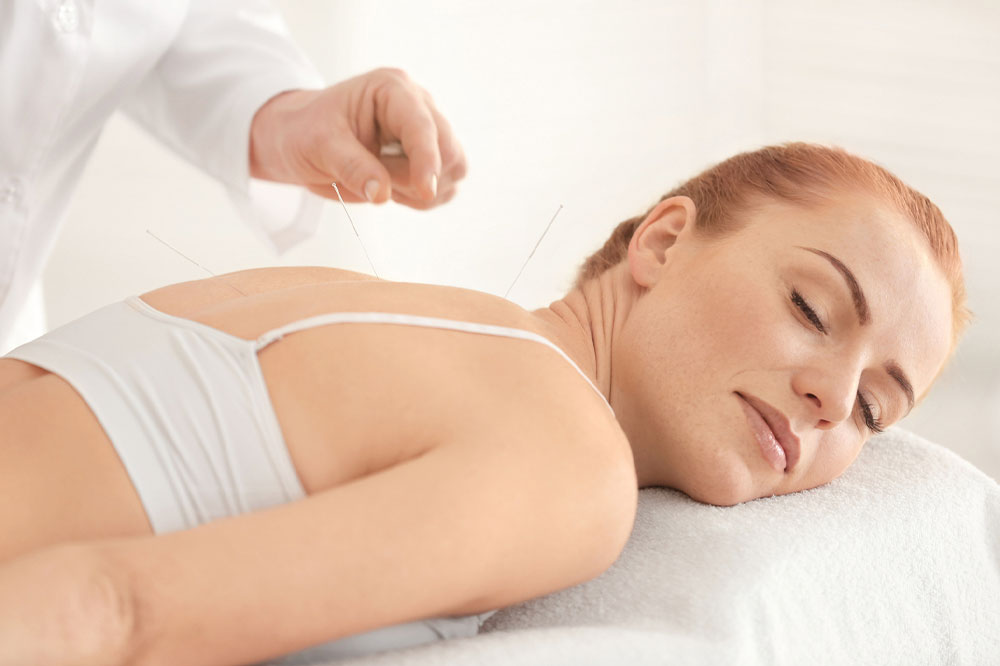4 effective tips for managing migraine attacks
Migraines develop with a throbbing pulsating pain on one side of the head. People with such headaches also experience nausea, vomiting, and fatigue. Migraine is the third most diagnosed condition in the world, with roughly 39 million people suffering from such headaches in the United States. While migraines cannot be cured, making changes in daily meals and lifestyle and including prescriptions can manage the symptoms. Here are four useful tips that help
Get prescribed treatments
Excedrin® belongs to a class of painkillers that counter inflammation and provide relief from severe pain.

Have the right foods
Hypoglycemia, commonly known as low blood sugar, can trigger headaches due to a sudden decrease in metabolic activity. In this case, eating ripe bananas provides the body with energy and is beneficial for a quick recovery. Black beans help regulate blood sugar levels, and watermelon is an excellent choice that helps prevent dehydration from triggering migraine attacks. Doctors generally recommend including more magnesium-rich foods to counter nutrient deficiencies. Spinach, Swiss chard, avocado, tuna, chia seeds, pumpkin seeds, and flax seeds are excellent sources of this mineral. Also, beverages like tea and coffee contain caffeine, an effective quick fix for migraine relief.
Make some lifestyle changes
A poor sleep cycle is one of the main triggers of migraine. One must take adequate rest and maintain good sleep hygiene. Regular exercise also boosts metabolism and increases energy levels. In fact, any form of physical activity helps release “feel-good” hormones called Endorphins that improve overall mood. One must also keep track of the frequency and intensity of the headaches so that doctors can suggest alternative treatments if prescriptions are not effective. Not all treatment plans pan out the same way.
Adapt healthy practices
Relaxation therapies and stress-relieving techniques can also keep migraine attacks at bay. Yoga, meditation, mindful breathing, and any other activity that improves mood will be beneficial. Pay attention to daily posture while sitting or working as poor neck position can also worsen migraine attacks. Take breaks between strenuous activity or long hours of work.















